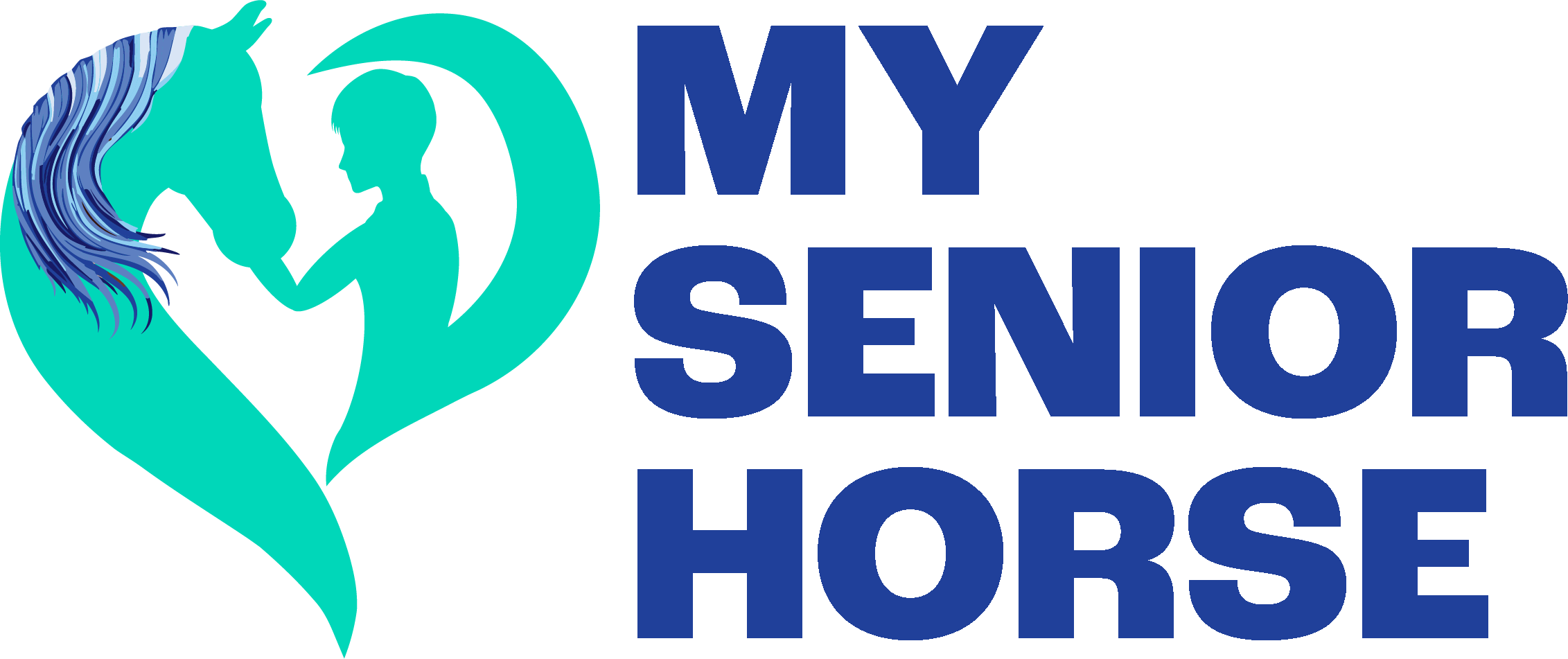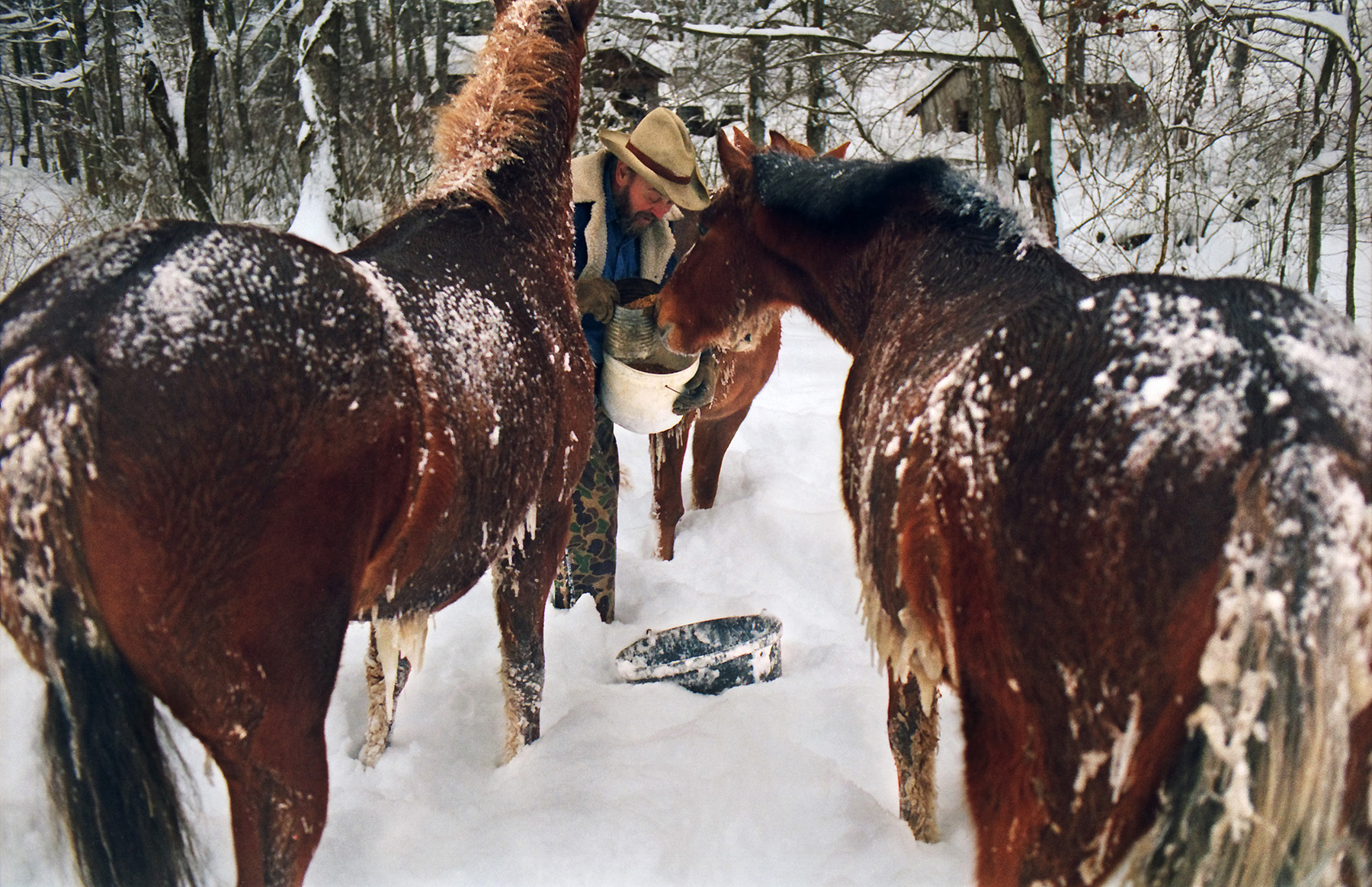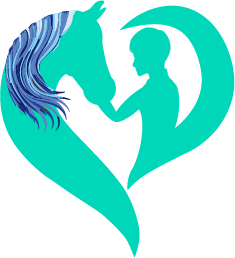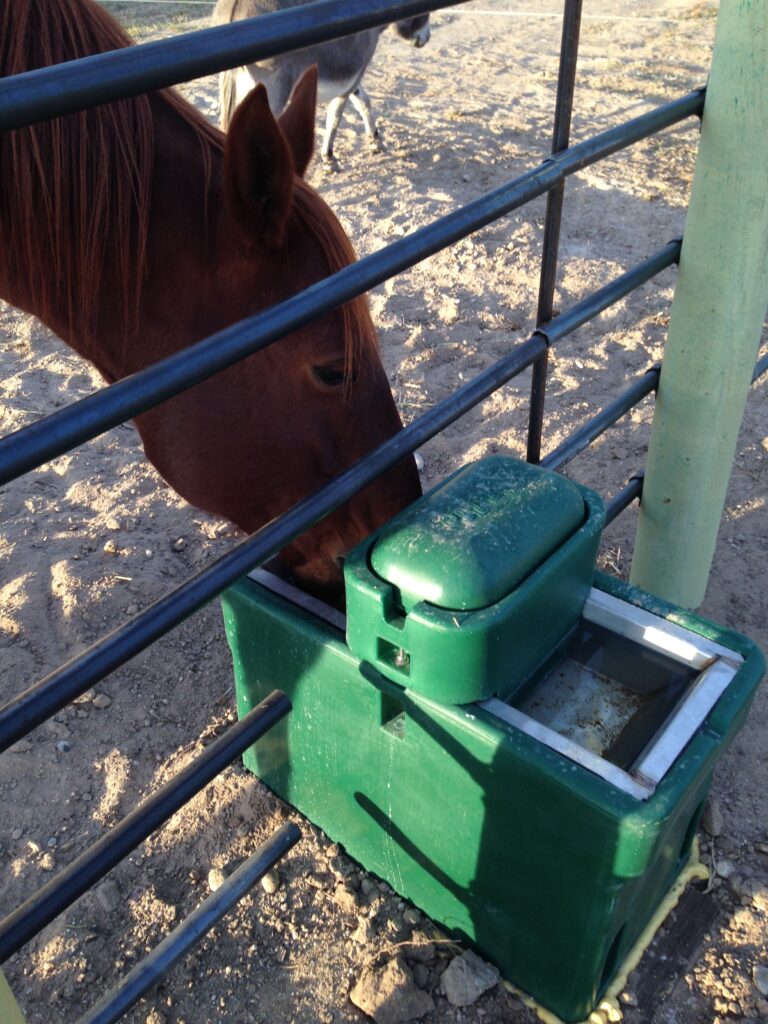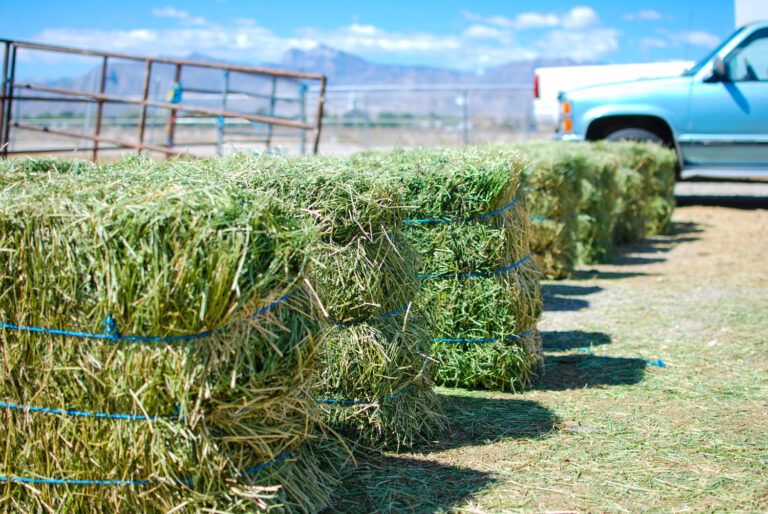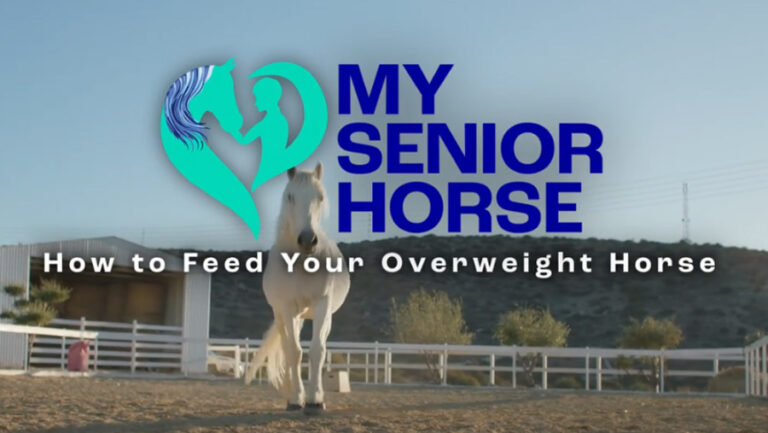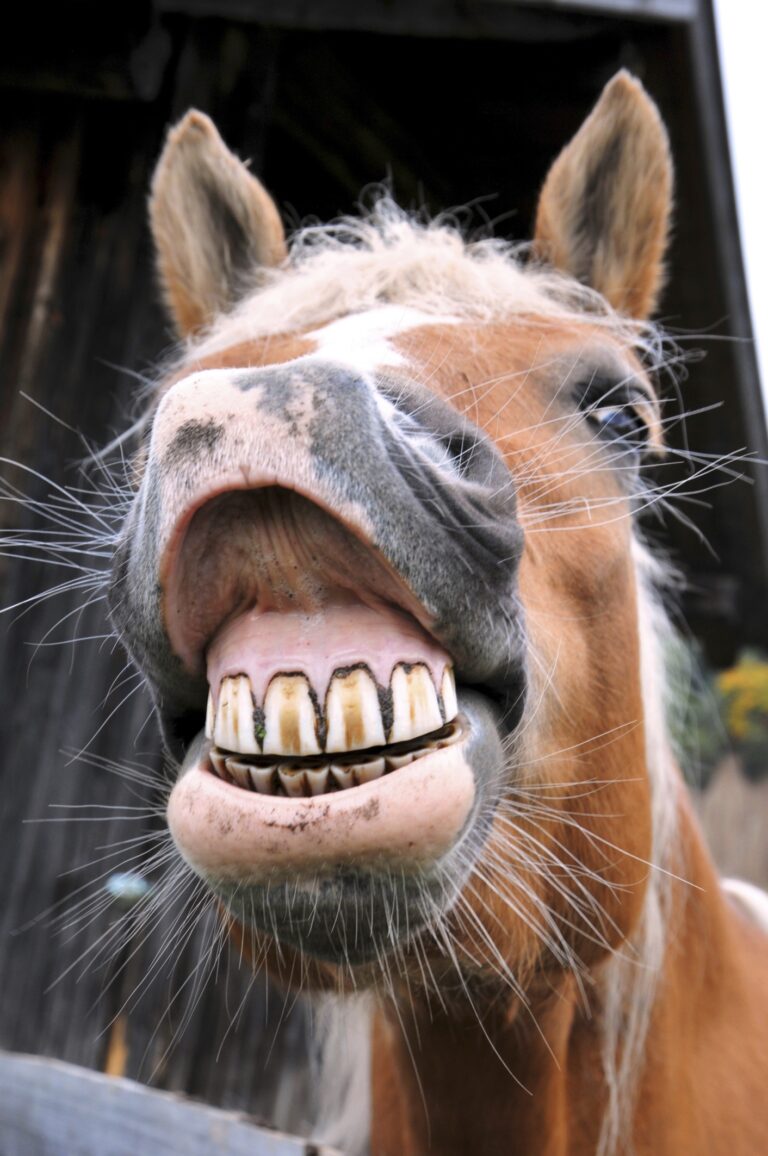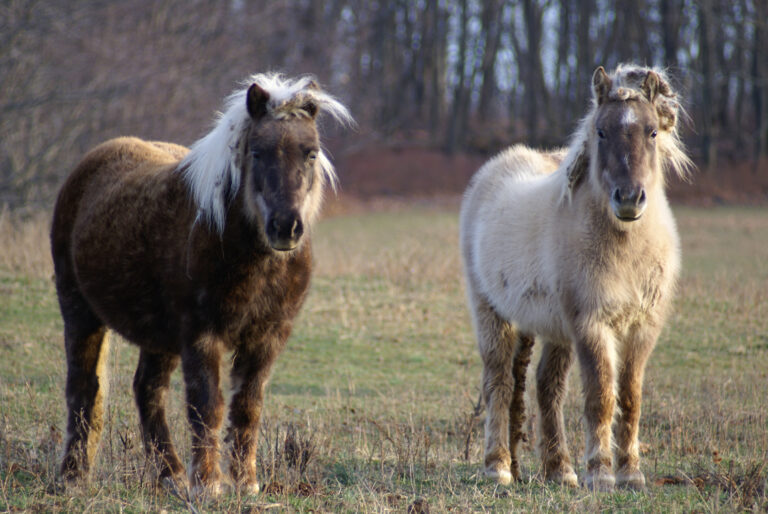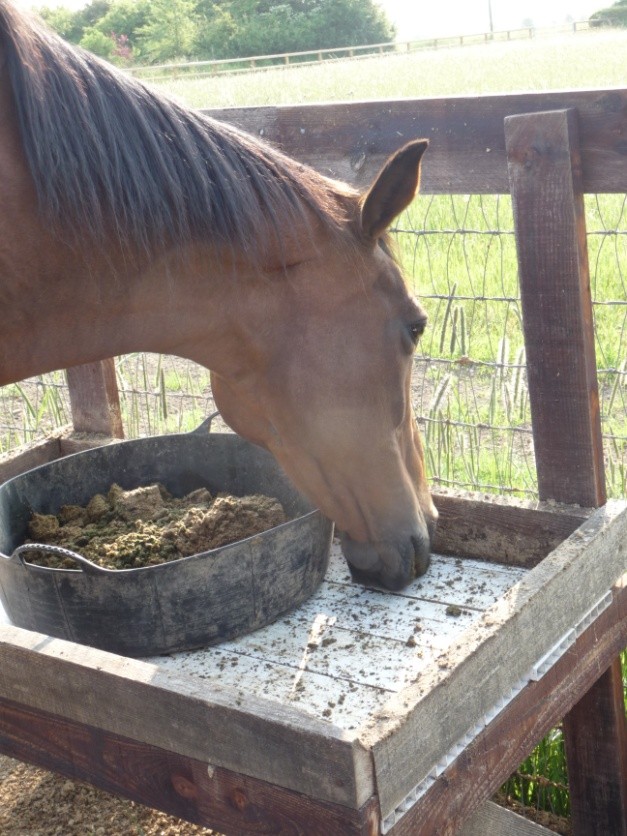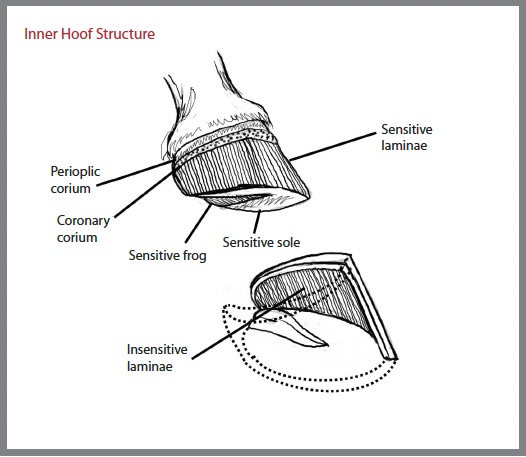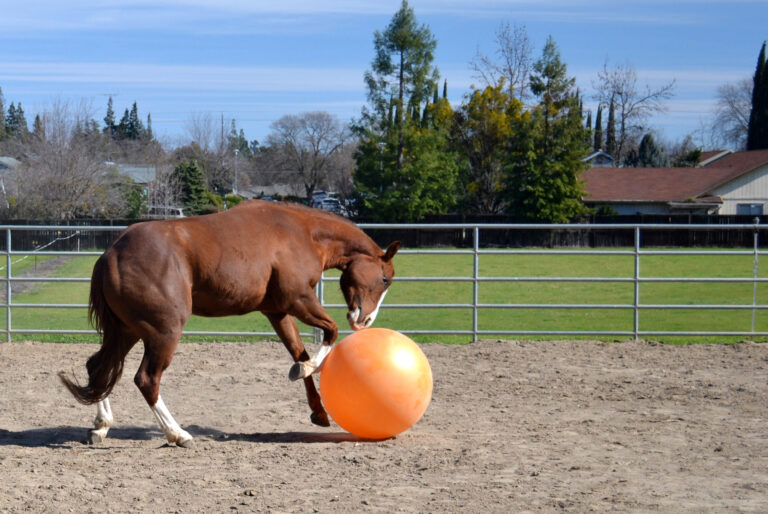A bran mash for horses has long been believed to confer health benefits. Some people believe bran has a laxative effect on horses, similar to its effect on humans. However, research shows that these beliefs are misguided. We should use good feed practices to promote a stable gut microflora.
(Editor’s note: For more information on this topic, check out the article A Guide to Feeding Mashes.)
The Truth about Bran Mashes
Contrary to popular belief, bran does not have a laxative effect on horses. In fact, the softer stools observed in horses following bran consumption are likely due to bran’s tendency to irritate the equine intestine.
It has been suggested that prolonged intake of large amounts of bran might increase the risk of enteroliths (hard mineral masses that form within a horse’s large intestine). However, bran does not appear to have been specifically identified as a risk factor for enteroliths. However, bran has a high mineral (phosphorus) content. If your horse has had an issue or is being kept in an area where enteroliths are more commonly found, then it might be advisable to avoid regular bran mashes. If you are concerned, talk to your nutritional advisor or your veterinarian.
The Calcium-Phosphorus Imbalance
One significant risk associated with excessive bran mash consumption by horses is the imbalance it creates in the dietary calcium-phosphorus ratio. Both minerals are crucial for bone health and muscle function, and they must be absorbed in appropriate proportions. Ideally, the ratio of calcium:phosphorus in the total diet should be around 1.5-2:1. Keep in mind that bran contains approximately 10 times more phosphorus than calcium!
Excessive phosphorus from bran without an equal or slightly greater amount of calcium can lead to the body extracting calcium from the bones to balance the phosphorus levels. Over time, this can weaken the horse’s skeleton and lead to bone disorders.
Another reason why bran mashes are believed to be beneficial for horses is due to their high fiber content. However, this belief overlooks the fact that other common feedstuffs, including grass hay and sugar beet pulp, are significantly higher in fiber.
Occasional Treats and Balanced Diet
Giving your horse occasional hot bran mashes is not recommended. This can cause irritation to the gut or upset the microbiota in the hindgut.
If you want to provide a treat, a mash using your horse’s normal feed and warm water is a good alternative. If your horse has no metabolic issues, you can even add a dollop of applesauce or a spoonful of molasses for added palatability. But always be mindful of the risk of prohibited substances if you are competing..
Final Words
As a horse owner, it’s crucial to understand your horse’s nutritional needs and make informed feeding decisions. Be wary of the myths surrounding the bran mash, and ensure that your horse’s diet is balanced and nutritious. Consult with a veterinarian or equine nutritionist to create a diet plan that fits your horse’s specific needs.
Further Reading
A Guide to Feeding Mashes. Sarah Nelson. MySeniorHorse.com
-
Editors of My Senior Horse are journalism professionals, most of whom are lifelong horse owners.View all posts
